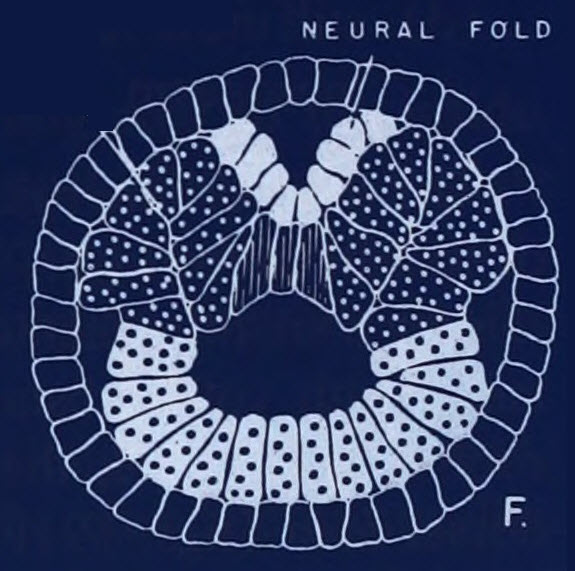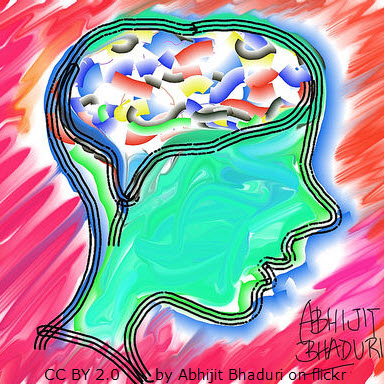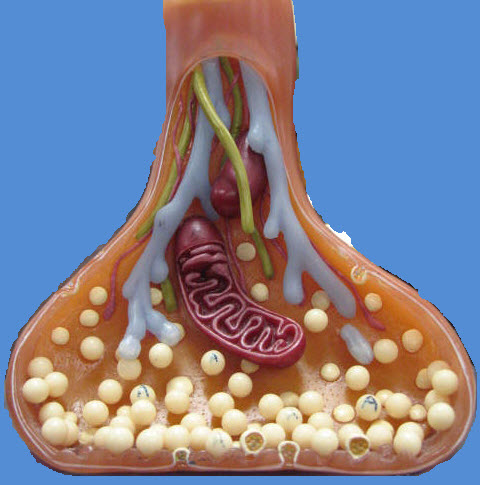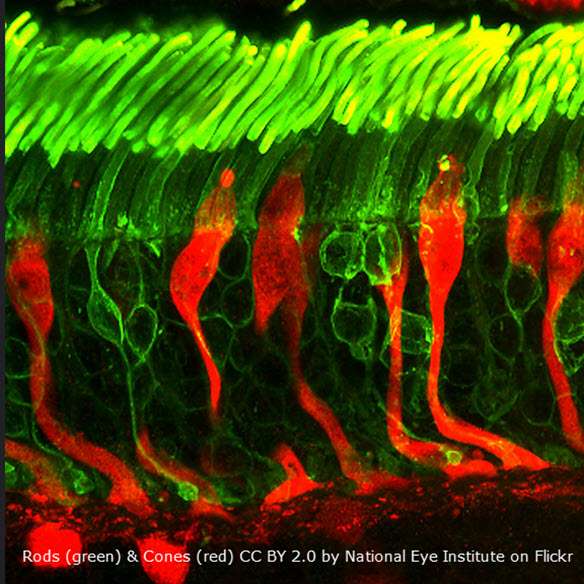Option A - Neurobiology - Activities for learning
Lesson Plans for Option A - Neurobiology and behaviour
The ideas for learning activities on this page cover the IB guide for this topic. There is a mix of laboratory work, theory lessons, and assessment materials with model answers.
More activities will be added during August / September
Neural development - Planning sheet A.1This simple sheet sets out the learning objectives, essential questions and some ideas for assessment for the following activities. | ||
 | Nervous system formation - Neural tube developmentTime: 1 hour Students get an insight into the complexity of the differentiation and specialisation of cells during the growth of an embryo in this activity. A wonderful short video clip shows neurones in an embryo forming a neural tube and students make notes using a structured worksheet. A research task follows leading students to an understanding of the migration of neurones. The activity concludes with a short video and some questions about spina bifida allowing students to use their new knowledge of nurulation. | |
| Synapses and nervous system plasticityTime: 1 hour A short video introduces the concept that multiple synapses are formed by developing neurons in the fetal brain. Those synapses that are not used do not persist and neural pruning removes unconnected neurons. Students complete some notes about IB details using a worksheet. A second video explains the role of nervous system plasticity, the ability to change with experience and this is followed by an example of blindness and then the recover of a stroke victim. | |
Human brain- planning sheet A.2This simple sheet sets out the learning objectives, essential questions and some ideas for assessment for the following activities. | ||
 | Brain structure and functionTime: 1 hour The human brain rapidly develops from the neural tube and a hugely complex organ results. In this activity students answer some questions about basic processes involved in brain formation. Activity 2 reinforces an understanding of the structure and function of the brain using a great resource from NINDS and the final activity looks in a little detail at the sympathetic and parasympathetic branches of the autonomic nervous system. | |
 | The Cerebral cortexTime 1 hour This is an activity containing five short tasks which cover the important points about the cerebral cortex, its structure and function, the specific functions of those named areas named in the IB guide and some of the methods biologists have used to work out how the brain works. This is an exciting area of Biology which is advancing very rapidly. | |
Perception - planning sheet A.3This simple sheet sets out the learning objectives, essential questions and some ideas for assessment for the following activities | ||
 | Sensory receptors and smellTime: 1 hour In this activity students look first at the way that the sense of smell connects to the brain and how these impulses from the olfactory membrane can provoke strong emotional memories. In a second activity students collect information about the four types of sensory receptors and arrange in a diagram using SOLO hexagons and their own personal annotations. | |
| The eye and photoreceptorsTime: 1 hour This activity begins with an interesting case of academic honesty from the 1930s. The structure of the retina is discovered and students learn how to annotate retina diagrams. A short second activity give some practise at labelling parts of the eye and a final activity investigates colour blindness to consolidate student understanding. |

 IB Docs (2) Team
IB Docs (2) Team


